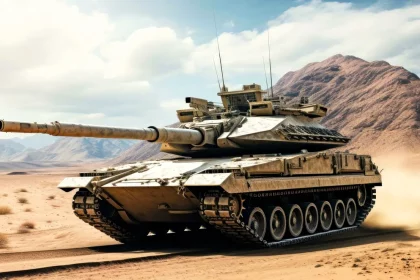10 Best Air Defense Systems in the World 2025
They serve not only as deterrents but also as vital components in the strategic calculus of international peace and stability.
10 Best Fighter Jets in the World 2025
The best fighter jets in the world represent the epitome of aerial warfare.
10 Best Tanks in the World 2025
The best tanks in the world represent the pinnacle of armored warfare technology.
11 Best Sniper Rifles in the World
Choosing the best sniper rifle is a critical decision for military, law enforcement, and shooting enthusiasts alike.
Rudram-4 Hypersonic Missile: DRDO’s Game-Changer To Boost Su-30MKI Strike Power
India is set to make a major leap in its strike capabilities with the development of the Rudram-4 hypersonic air-to-surface…
India to Begin Integration of First Indigenous AIP System on INS Khanderi in Mid-2026
INS Khanderi to serve as test-bed for DRDO’s hydrogen-on-demand AIP system from 2026 refit.






